DRIFT BOSS UNBLOCKED games - A Portal Born From Boredom
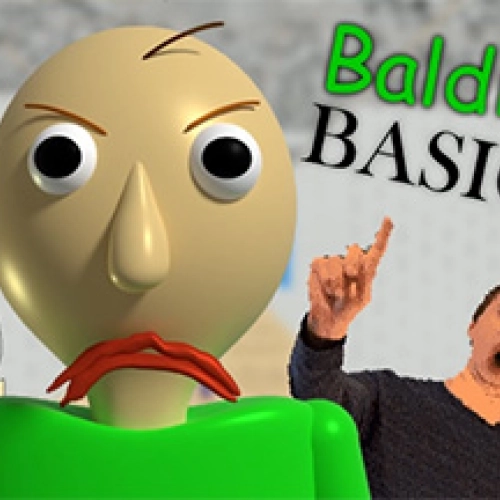

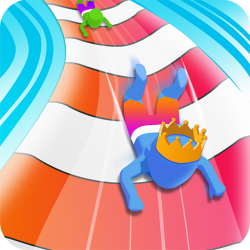

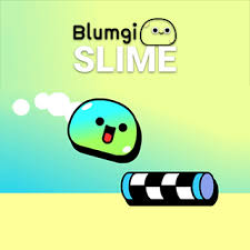

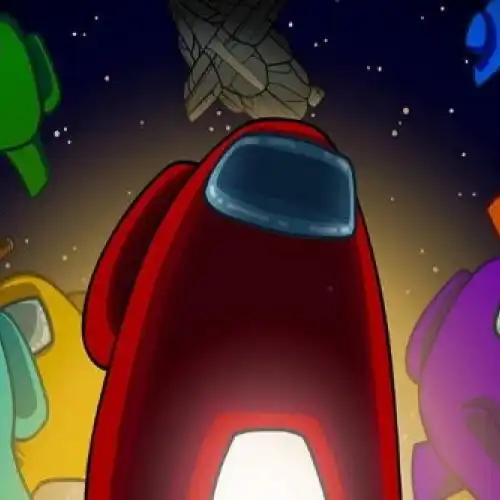

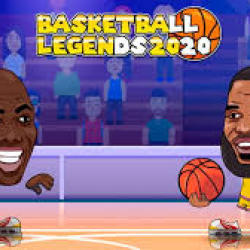

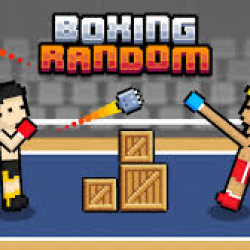
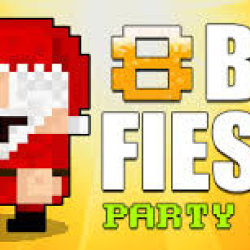
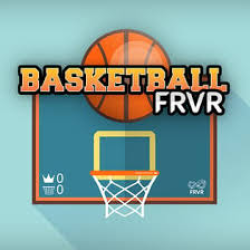


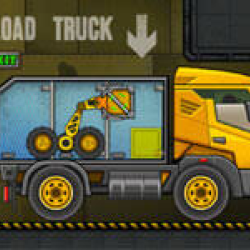

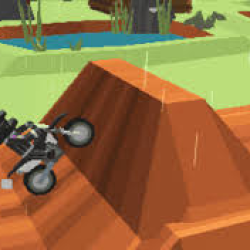



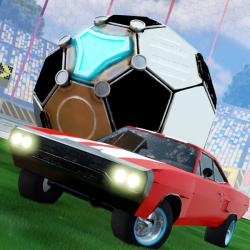
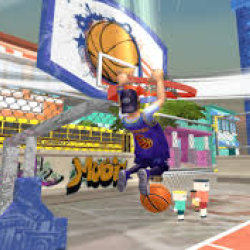
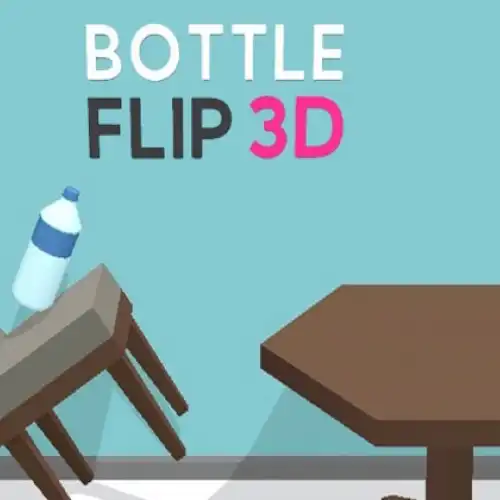



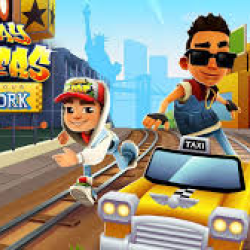


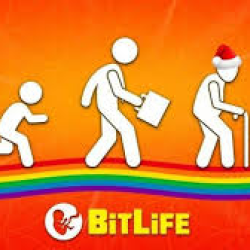

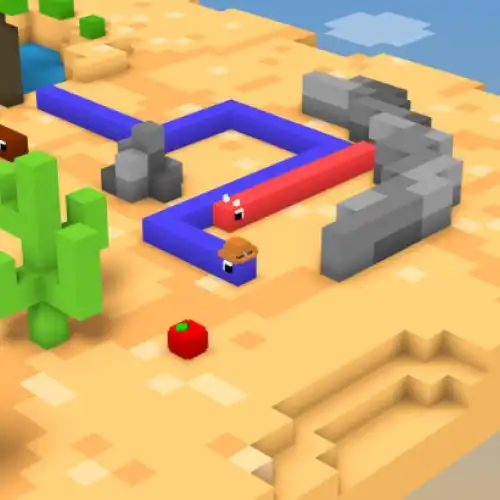

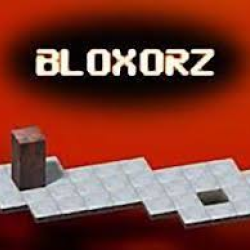
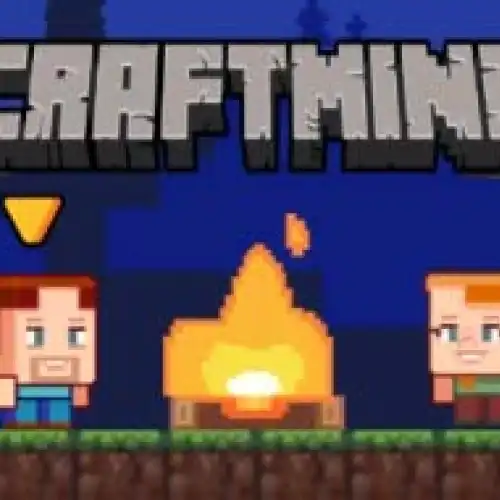

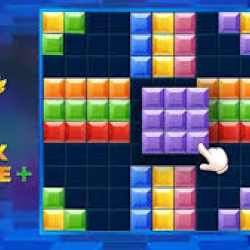
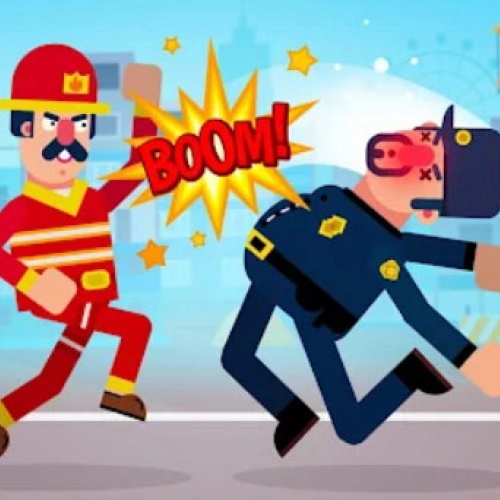
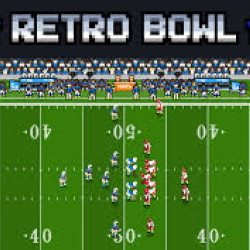



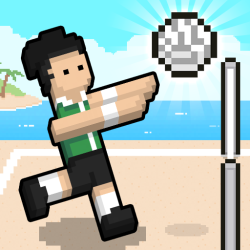
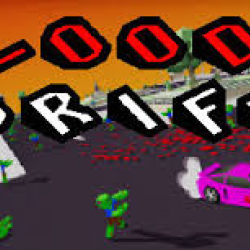
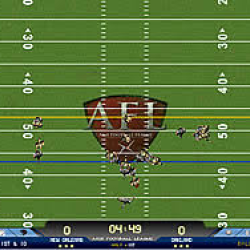
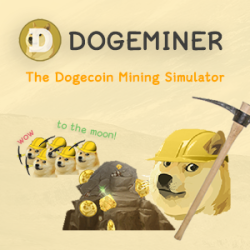



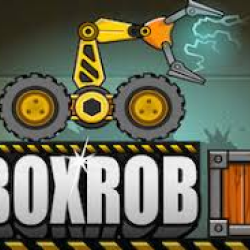
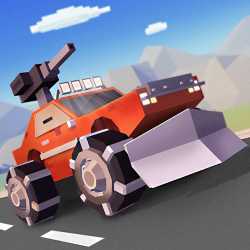
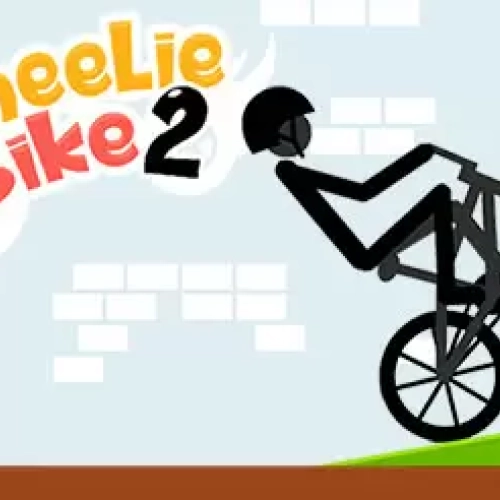
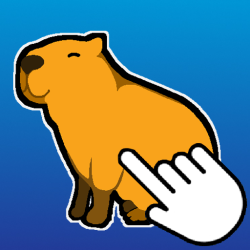
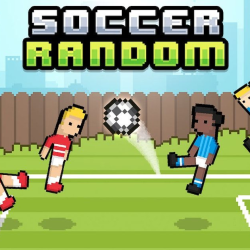



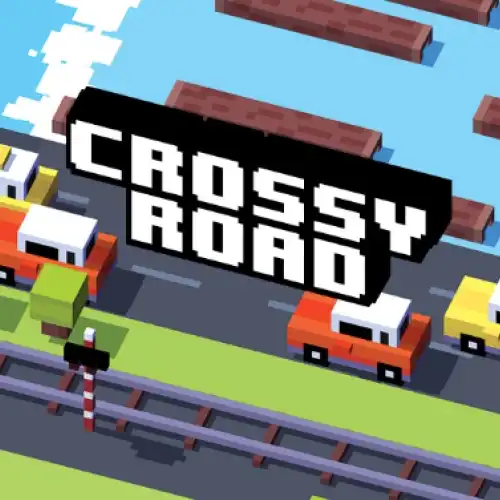
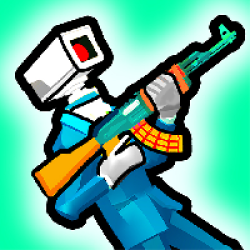

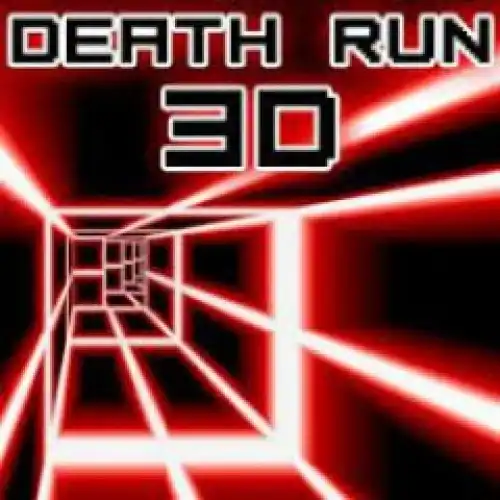
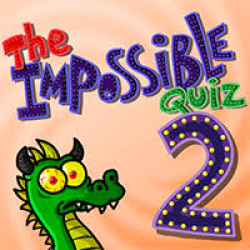
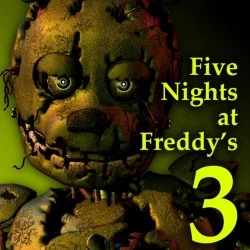







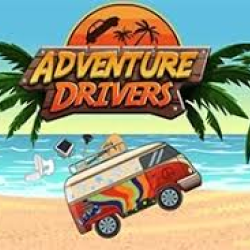
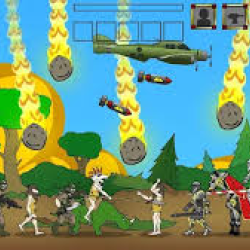

Drift Boss Unblocked is the browser-based iteration of the viral reflex-driving game created by MarketJS. Seamlessly running in HTML5, it delivers smooth one-button drifting gameplay on virtually any device—desktop, tablet, or smartphone. Despite its minimalist control scheme—tap or click to drift right, release to drift left—it demands razor-sharp timing and growing anticipation as the track narrows and curves change unexpectedly. It's become a staple in classrooms and breakrooms alike, thanks to its ad-free, no-install format that makes it highly accessible on networks where downloads and flash players are blocked.
Drift Boss is more than a trivial diversion. It’s a prime example of the hyper-casual gaming trend—compact, instantly gratifying, designed around reflexes and micro-sessions. This genre has seen exponential growth since 2019, epitomized by viral mobile hits and micro-genre classics. Drift Boss stands out by stripping controls to the bare minimum: no acceleration, no brakes, just pure lateral reflex.
The game offers just enough progression to hook players long-term. Coins collected during runs can be exchanged for new vehicles—ranging from basic hatchbacks to fire trucks and monster vans—and power-ups that offer double-score rounds or “insurance” that lets you continue a failed run. These small but frequent rewards push players to keep returning, chasing higher scores and cooler rides.
In classroom settings, teachers have noted its benefits in developing strategic thinking, reaction time, spatial awareness, and even resilience. It fits naturally into short breaks or “brain rest” periods without causing distractions beyond a few minutes. In offices, it has quietly become part of the “micro-break” culture: a way to refresh the mind during long meetings or coding sessions.
Drift Boss reflects a design ethos found in the most successful casual titles: no sign-ups, no tutorials, no friction. Players load the game and immediately begin. This low-barrier approach has become a model for frictionless gaming, inspiring the design of instant games in messaging apps, web platforms, and internal company systems.
A fascinating cultural layer emerges in how Drift Boss is used by influencers and content creators. Short gameplay clips circulate widely on TikTok and YouTube Shorts. Office workers challenge each other to beat high scores in casual Slack channels. While the game itself lacks built-in social features, its one-minute runs and visible coin counters make it ideal for sharing.
What helps the game stay relevant is its flexibility and scalability. The same core mechanic can be repurposed for brand campaigns, educational content, or mobile skins. The drifting physics are simple but satisfying. The track design is randomized just enough to keep players from memorizing patterns. It's endlessly replayable without being repetitive.
Yet Drift Boss isn’t without criticism. Some argue its difficulty curve is too steep too quickly. Others say the game encourages compulsive retrying without offering true skill-based mastery or narrative reward. These critiques are common in hyper-casual games, where repetition often replaces complexity. But the appeal lies in that very simplicity: the short burst of challenge, the thrill of beating your own score, and the low risk of failure.
The game’s influence reaches beyond browser tabs. It mirrors modern attention patterns. In a world of split focus—between emails, messages, news alerts, and Zoom calls—Drift Boss offers exactly what many seek: a quick escape, a self-contained goal, a tiny win.
As more platforms embrace micro-interactions and attention-respecting design, games like Drift Boss are not just surviving—they’re defining a genre. Whether you're a student sneaking in a round after finishing homework, or a professional resetting your brain between tasks, Drift Boss has secured its place as one of the most quietly influential games of its kind.